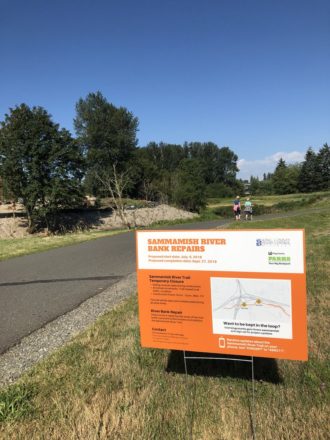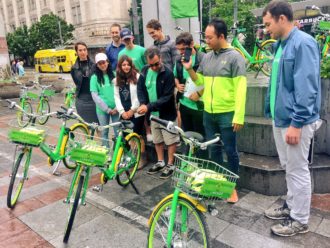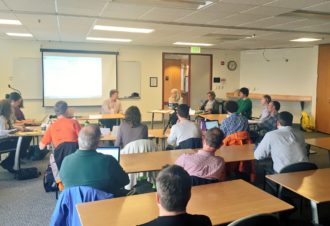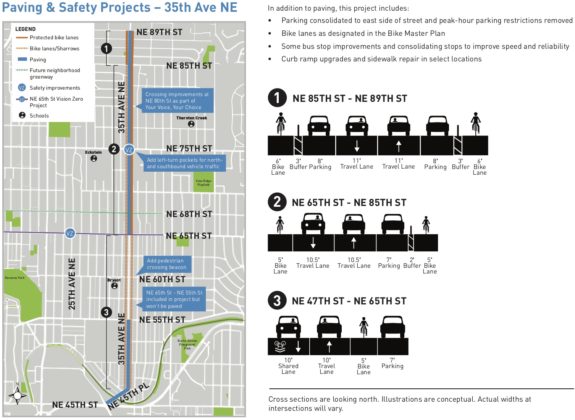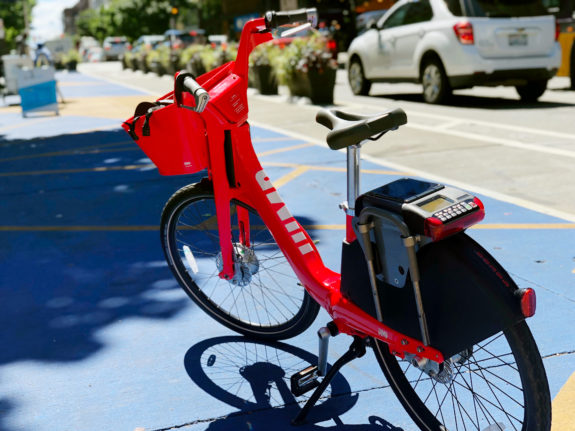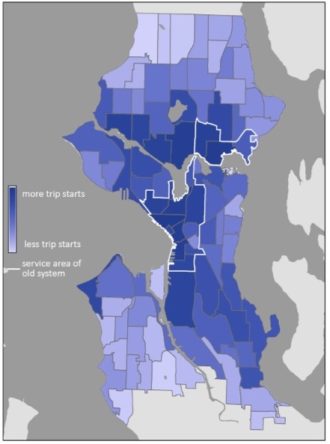 No new companies have received permits to operate bike share services in Seattle since the autumn, but Uber-owned Jump is hoping to be next.
No new companies have received permits to operate bike share services in Seattle since the autumn, but Uber-owned Jump is hoping to be next.
The city is waiting to approve more companies until their revamped bike share permit is ready. The City Council Transportation Committee was scheduled to review the permit rules in June, but that report has been pushed back to the committee’s mid-July meeting (there’s no meeting in early July due to the holiday).
I met with representatives from Uber and Jump recently to go for a test ride and talk about their hopes to launch in Seattle. First, let’s talk about the bike.
The single biggest difference between the eye-catching red e-bikes and the already-operating Lime-E bikes is how you lock them. With Lime-E, riders can park near bike racks or in the furniture zone of sidewalks. Just lock the back wheel and you’re done. But Jump bikes must be locked to a city bike rack using a metal locking bar that attaches to the rear rack.
There are pros and cons to this difference. One pro is that bikes locked to bike racks are less likely to block walkways or get tossed into bodies of water. Improper parking is a common complaint about the bikes in operation today. But the bike rack requirement also limits the places you can lock a bike because there are not always bike racks available nearby, especially in residential neighborhoods (Seattle’s bike rack policy is focused on business access). And, of course, many places already don’t have enough bike parking for people who ride their own bikes, let alone a surge of bike share bikes.
But that doesn’t mean it can’t work. Even without Jump, there have already been discussions about the need to dramatically increase the city’s bike parking to help maintain bike share order and improve bike access to businesses. Concepts for on-street bike corrals could include space both for bike racks and space marked for free-floating bikes. Providing space on-street would also be a great way to help keep busy sidewalks clear. (more…)
